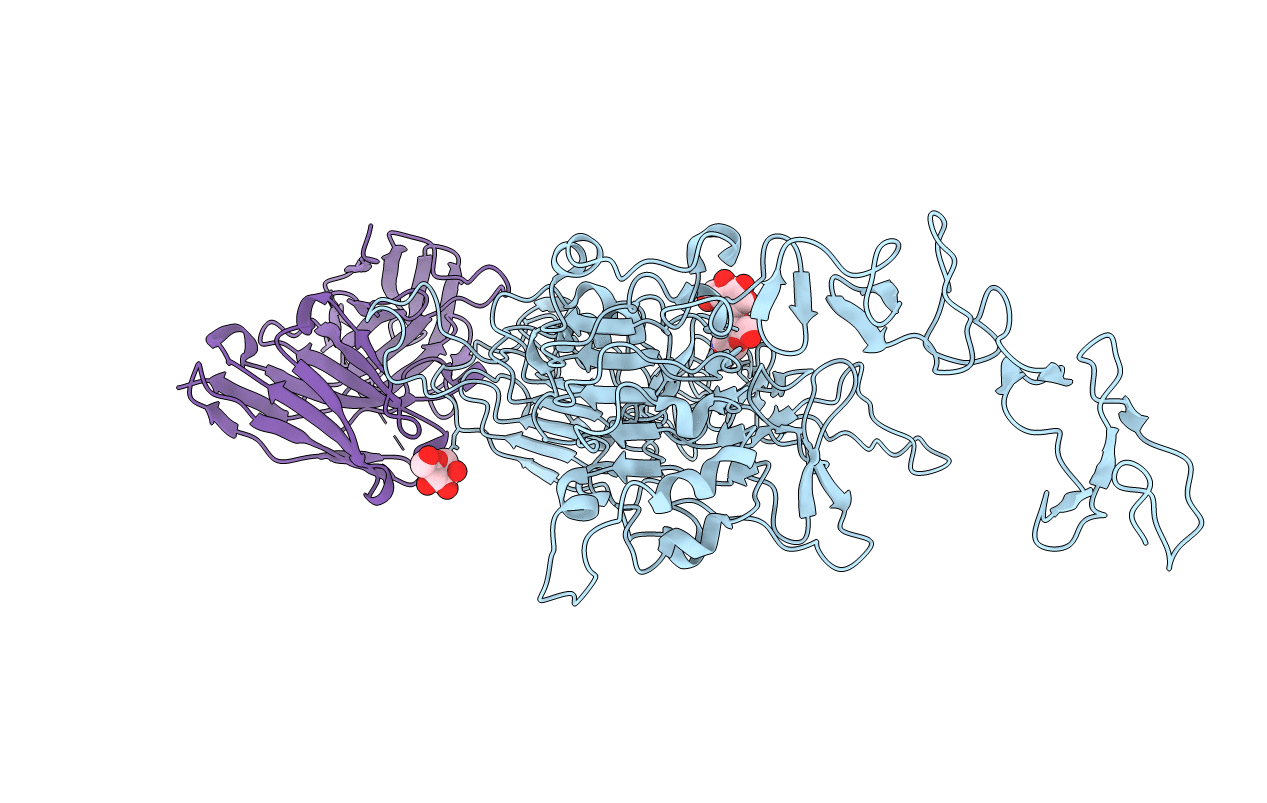
Deposition Date
2019-01-16
Release Date
2019-02-27
Last Version Date
2025-09-17
Entry Detail
PDB ID:
6J71
Keywords:
Title:
HuA21-scFv in complex with the extracellular domain(ECD) of HER2
Biological Source:
Source Organism:
Homo sapiens (Taxon ID: 9606)
Host Organism:
Method Details:
Experimental Method:
Resolution:
2.92 Å
R-Value Free:
0.26
R-Value Work:
0.20
R-Value Observed:
0.21
Space Group:
C 1 2 1


